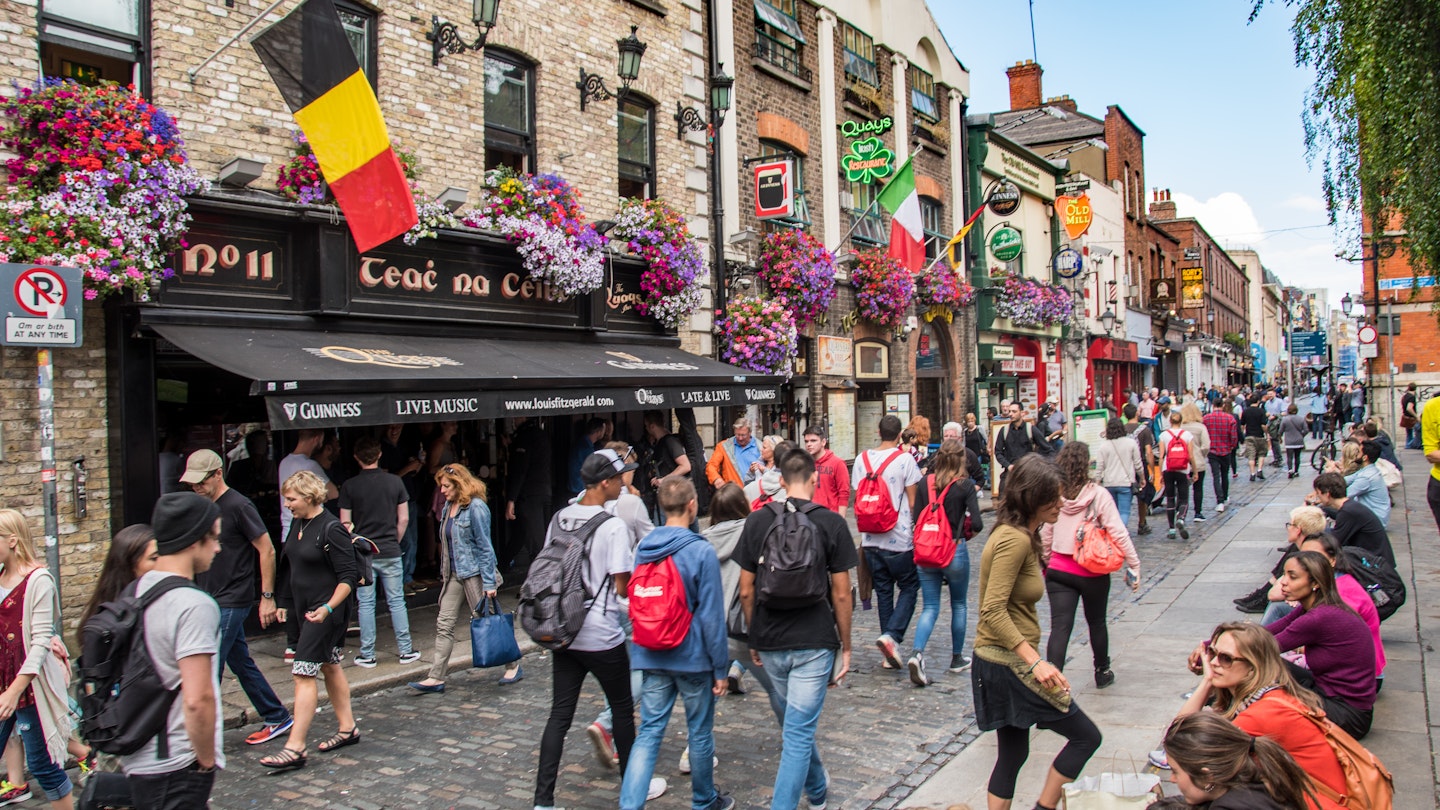Discover Dublin: Year-Round Activities and Events
Dublin may not take up much space on the map, but don’t let that fool you – this vibrant capital is bustling with history, culture, and character all year round. There’s an old Irish adage that says, “if you don’t like the season, just wait fifteen minutes.” Dublin truly offers something for every season, often experiencing multiple weather changes in a single day.
Most visitors flock to Dublin during the warmer summer months when the events calendar is at its fullest, ensuring a constant stream of activities. However, when the skies turn gray and temperatures dip, locals embrace the city’s rich cultural scene, diving into numerous museums, festivals, and theaters. Although outdoor events are fewer during colder months, being equipped for the weather will enrich your experience.
Summer Months: June to August – Best Weather and Festivals
The summer season is particularly busy in Dublin, attracting visitors eager to enjoy relatively good weather, with temperatures averaging between 16 and 20 degrees Celsius (60–68 °F). While sunshine often graces the city, visitors should always be prepared for clouds and rain.
Accommodation during summer is in high demand, with room rates peaking. It’s advisable to secure lodging well in advance to avoid disappointment or inflated prices.
- Major events include big music festivals such as Forbidden Fruit and Longitude.
- Pride celebrations in June turn the city into a spectacle of color and joy.
- Bloomsday on June 16 celebrates James Joyce’s work, with fans dressing in Edwardian style.
- The iconic Liffey Swim invites adventurous participants to plunge into the river, while spectators can enjoy the artwork depicting the event at the National Gallery.
- The famous Dublin Horse Show at the Royal Dublin Society combines elegance and excitement, showcasing international equestrian competition.

March to May: A Season of Celebrations
Spring emerges around mid-March, heralded by the bustling St. Patrick’s Festival that draws over half a million attendees to the parade. The festivities create a lively atmosphere, though the post-event landscape can be a bit chaotic.
April features the renowned Grand National horse race at Fairyhouse, showcasing the excitement of the national hunt season. Additionally, the Five Lamps Festival in celebration of local creativity occurs throughout the month. By May, Dublin gears up for summer with cultural events such as the International Dublin Gay Theatre Festival and the International Literature Festival.
September to October: Perfect Weather and Fewer Crowds
As summer fades in September, families return to school, leading to thinner crowds and lower accommodation rates. This is an excellent time for visitors, as the weather can still surprise with a late burst of summer warmth.
Visitors can enjoy indoor pursuits combined with outdoor excursions, such as a scenic trip to Glendalough followed by a theater performance during the Dublin Fringe Festival in September or the Dublin Theatre Festival in October.

November to February: A Time for Cozy and Cultural Pursuits
Winter in Dublin can be damp and chilly, making it an ideal time to nestle into a warm traditional pub. Dublin boasts a plethora of such establishments, with at least 800 scattered throughout the city.
This UNESCO City of Literature hosts the Dublin Book Festival in November, offering author talks, workshops, and themed guided tours across more than 80 venues. Additionally, Winter in Dublin kicks off in late November, featuring musical events and a spectacular New Year’s Eve festival.
After the festivities, January and February tend to be quieter, providing a fantastic opportunity to explore museums and independent cinemas like the Light House Cinema or the Irish Film Institute.
February also marks the beginning of the Six Nations rugby championship, where the vibrant atmosphere attracts both locals and visitors alike. The Dublin International Film Festival further enhances the winter cultural scene, showcasing a fantastic array of films.
Conclusion
Dublin is a city that pulsates with life, regardless of the season. From dynamic festivals to cultural experiences, every month offers unique opportunities. Therefore, planning your trip around these events will surely enrich your Dublin exploration.





